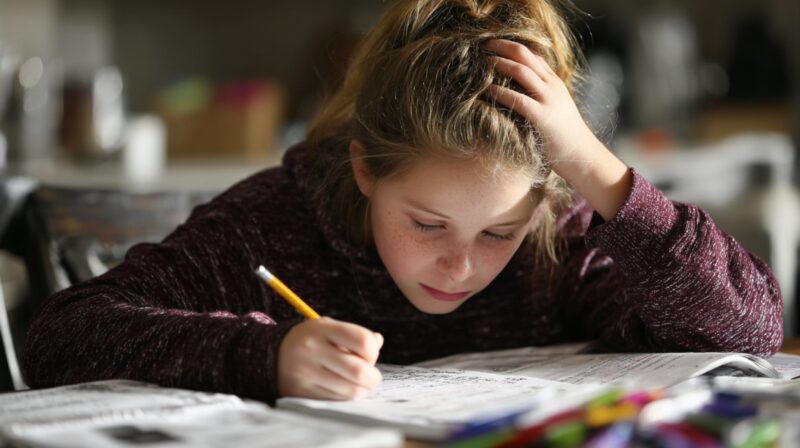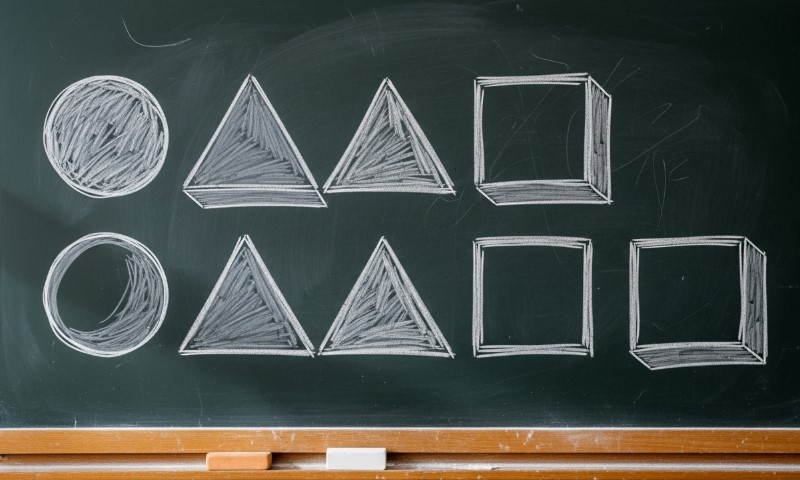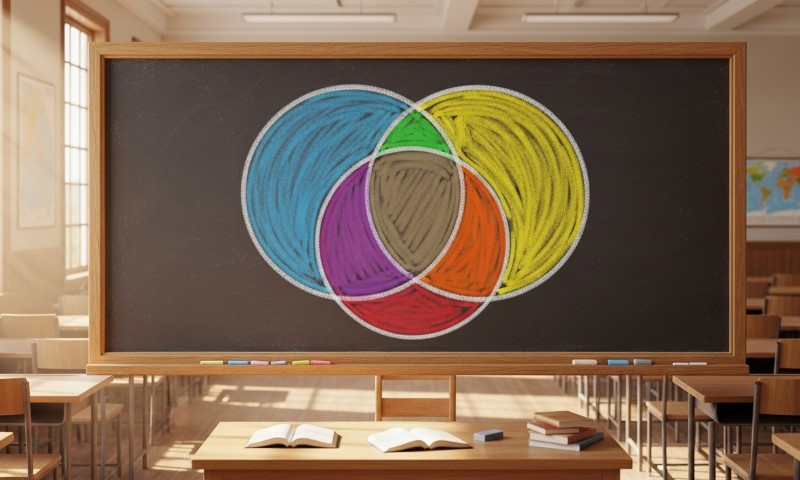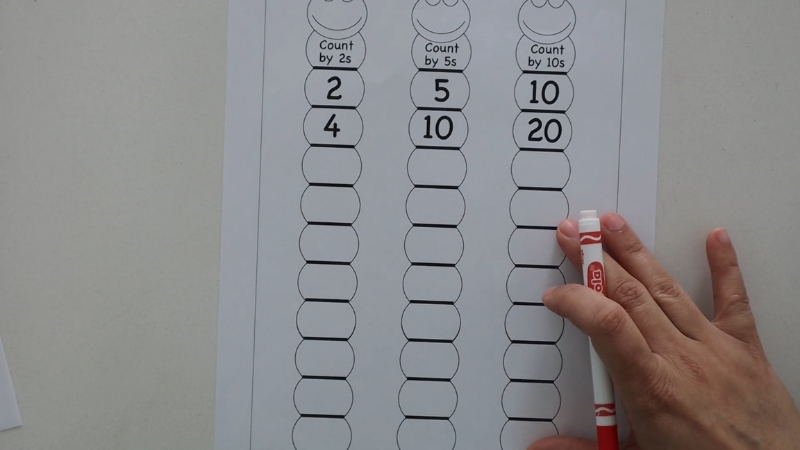
Share Post:
Skip counting is one of those rare math skills that feels like a song and functions like a bridge. A bridge, that is, to multiplication, number patterns, and real-world problem solving.
It may seem like a small step between learning to count and mastering times tables, but for young learners, it’s a turning point.
The concrete truth is this: children as young as four can begin learning skip counting, and the key to long-term success is choosing methods—such as songs, games, and printables—that align with their developmental stage.
Table of Contents
ToggleWhy Is It Essential?
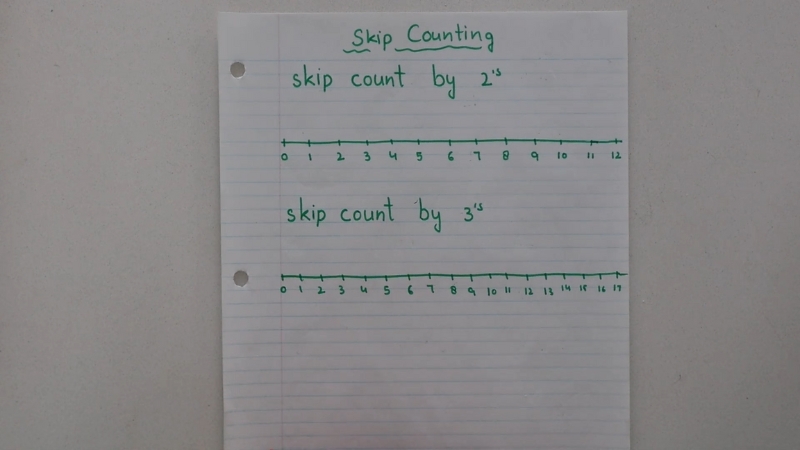
Skip counting is counting forward (or backward) by numbers other than one. For example, counting by twos (2, 4, 6, 8…), fives (5, 10, 15, 20…), or tens (10, 20, 30, 40…) are all types of skip counting.
While it might seem like just a fun number game at first glance, it underpins some of the most important math concepts that children will encounter later—particularly multiplication, division, and pattern recognition.
From a cognitive perspective, skip counting helps children develop what’s known as number sense. This means understanding how numbers relate to one another, how they grow, and how they can be manipulated.
A child who understands skip counting isn’t just memorizing numbers—they’re building a map of how numbers connect, stretch, and repeat.
For example, a child who can skip count by 5s will find it easier to learn the 5-times table and understand how to calculate multiples in their head. It also helps with telling time, counting money, estimating quantities, and recognizing trends in math problems.
When Should Children Start Skip Counting?
Every child develops differently, but most begin showing readiness for skip counting between the ages of 4 and 6. That doesn’t mean your 3-year-old can’t enjoy skip counting songs, or your 8-year-old can’t still benefit from hands-on games.
What it does mean is that your approach should evolve with their stage. Here’s a breakdown of skill readiness by age group:
Age Range
Developmental Readiness
Ideal Skip Counting Patterns
Tools & Activities
3–4 yrs
Exposure to numbers, early verbal pattern recognition
10s, 2s (with support)
Songs, movement games, story-based counting
4–5 yrs
Basic counting, recognizing small patterns
2s, 5s, 10s
Clapping games, picture books, visuals
5–6 yrs
Solid one-to-one counting, interest in grouping
2s through 10s
Printables, puzzles, math manipulatives
6–8 yrs
Starting multiplication, visual-spatial reasoning skills
All patterns up to 12s
Charts, card games, multiplication bingo
8+ yrs
Advanced math foundation, abstract thinking
Larger gaps (25s, 50s, 100s)
Real-life application, mental math games
Skip counting isn’t about pushing memorization early. It’s about recognizing and reinforcing rhythmic patterns in a way that children naturally find engaging.
This might happen through play, song, or physical activity, not necessarily through worksheets and drills.
Why Songs Work: Memory and Musical Rhythm
Songs make skip counting come alive. Their rhythm supports retention. Their melody supports engagement. And their repetition builds confidence. Musical learning activates multiple areas of the brain—including auditory processing, verbal memory, and motor coordination.
When children sing skip counting songs, they’re not just repeating numbers; they’re learning through auditory anchoring. The melody helps them recall the number sequence without even realizing they’re practicing math.
Even better, movement-based songs allow children to use their whole bodies. This is especially helpful for kinesthetic learners—those who learn best through hands-on activity.
Take “Counting by 10s” from Jack Hartmann, for instance. This song combines singing, movement, and colorful visuals in a way that captures the attention of preschoolers while reinforcing numerical rhythm.
If your child is bouncing up and down to the beat while shouting out “10, 20, 30,” they’re building number muscle.
Sample Song Recommendations by Age
Age Range
Song Title
Pattern
Available On
3–4 yrs
“Counting by 10s” – Jack Hartmann
10s
YouTube, Spotify
4–5 yrs
“Let’s Count by 5s” – Singing Walrus
5s
YouTube
5–6 yrs
“Skip Count by 2s” – Kiboomu Kids
2s
YouTube, Apple Music
6–8 yrs
“Skip Counting Rap” – Numberock
3s–12s
YouTube, Numberock
8+ yrs
“Multiples of 7 Song” – Mr. DeMaio
7s
YouTube
For best results, incorporate skip counting songs into your daily routine—on the school run, while brushing teeth, or during cleanup time. These micro-moments build retention naturally.
Game-Based Learning: Turning Skip Counting into Play
Skip counting becomes second nature when children experience it instead of just hearing or seeing it. Physical games engage multiple learning channels: they combine movement, visual recognition, verbal repetition, and logic. And most importantly, they make learning feel like play.
One of the most accessible activities is Skip Counting Hopscotch, which adapts the familiar sidewalk game by swapping in multiples of a number instead of the usual sequence. Kids jump from square to square, calling out the numbers as they go.
For example, a 5-year-old might hop on 5, 10, 15, 20, while a 7-year-old might try 3, 6, 9, 12.
Another favorite is Counting Jumps—lay out a path of printed numbers on cards or paper across the living room floor and ask your child to jump only on the “correct” numbers in a sequence. The goal isn’t just to repeat a pattern, but to recognize it and act on it.
Domino Match Games, which involve connecting numbered tiles in a chain (e.g., 2 → 4 → 6 → 8), encourage logical thinking and sequencing, while Math Bingo with skip-counted numbers keeps older children engaged through competition and reward.
Game Breakdown by Learning Type
Game
Learning Mode
Target Age
Skills Reinforced
Skip Counting Hopscotch
Kinesthetic/Visual
4–6 yrs
Pattern recall, body coordination
Counting Jump Mats
Kinesthetic/Verbal
3–6 yrs
Basic sequence recognition
Domino Match Chains
Visual/Logical
5–7 yrs
Order, multiples, pattern thinking
Math Bingo
Auditory/Logical
6–8 yrs
Number fluency, mental recall
Card Sorting Race
Visual/Motor
5–7 yrs
Fast pattern matching
The Power of Printables: Visual and Independent Practice
@treasurehunt4kids 🖍️ Looking for fun & free educational activities? Discover 5 printable “Color by Number” and “Color by Words” worksheets to boost learning through play! 🎨✨ 💡 Designed to develop math and reading skills in a playful way. 🧩 Ideal for kids aged 5–8. 📥 Just print and color — it’s 100% free! 👉 Download now on https://treasurehunt4kids.com/ #freeprintables #printableactivities #colorbynumber #colorbywords #kidsactivities #learningthroughplay #summeractivities #educationalprintables #freeforkids #homeschoolideas #playandlearn #free #printable #learning #play #activities #kids #summer ♬ Positive background music such as play and games(1251730) – earbrojp
Printable resources offer the flexibility of structured learning at your child’s pace. Unlike songs or games, printables encourage quiet focus, pattern spotting, and self-led repetition. They’re particularly helpful for visual learners and children who benefit from seeing the “big picture” of how numbers work.
Among the most effective are Color-by-Number Skip Counting sheets, where each correct answer reveals part of a picture, encouraging accuracy. Skip Counting Number Lines ask children to fill in blanks in a partially completed sequence.
This subtly trains them to visualize number patterns. Mazes using correct multiples help children sharpen both logic and math simultaneously, as they must “find the way out” using only correct skip-counted steps.
Printable Type
Target Age
Skills Developed
Number Line Fill-Ins
4–6 yrs
Pattern prediction, directional thinking
Color-by-Skip-Number Sheets
5–7 yrs
Attention to detail, math-art connection
Multiples Grids
6–8 yrs
Pattern visualization, multiplication base
Skip Counting Mazes
5–8 yrs
Logical sequencing, route finding
Flash Card Sets
4–8 yrs
Memorization, recall under time pressure
You can find these for free on many websites, including Education.com, Math-Drills.com, and Teachers Pay Teachers. For best results, print a mix of worksheet types and use them in short, focused sessions—10 to 15 minutes at a time is ideal for young learners.
Real-Life Applications: Where Skip Counting Shows Up
Skip counting isn’t just an academic skill—it’s something we all use, often without realizing it. Helping your child understand the why behind it makes all the difference in how they engage.
Here are a few examples of where skip counting shows up in daily life:
- Counting coins: Nickels (5s), dimes (10s), and quarters (25s) rely directly on skip counting to total money quickly.
- Telling time: Each number on the clock represents 5 minutes—skip counting by 5s helps children understand minutes past the hour.
- Organizing toys: Grouping Legos or puzzle pieces into stacks of 2, 5, or 10 can help reinforce quantity sense.
- Cooking: Measuring tablespoons or dividing food equally among plates often involves skip counting principles.
- Sports and exercise: Reps and sets in workouts (e.g., 10 push-ups, 20 jumping jacks) make natural math moments.
The more your child sees skip counting in action, the more relevant it becomes—and the more confident they feel using it.
Encouragement Without Pressure
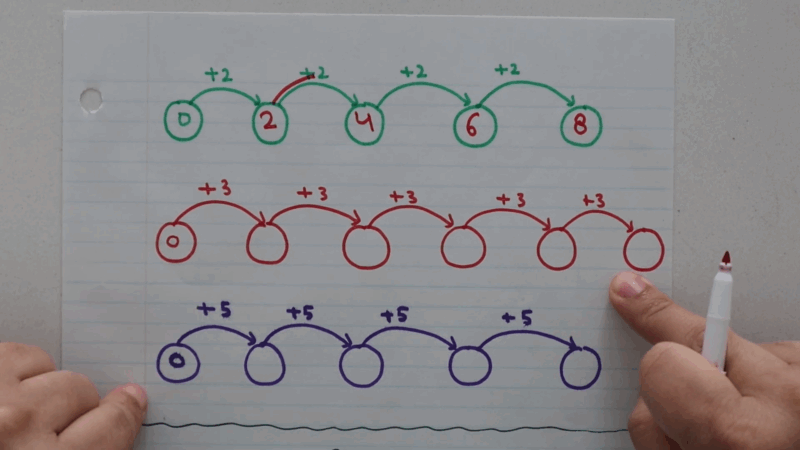
It’s important to remember that not every child will grasp skip counting on the same schedule. Some might love the musical side but struggle with printed patterns. Others may master 2s and 10s easily but find odd patterns like 3s or 7s more confusing. That’s okay.
Instead of pushing for speed or memorization, focus on repetition in varied formats. Use songs one day, a printable the next, a game on the weekend, and an everyday activity in between. This cycle supports retention while keeping boredom at bay.
If your child expresses frustration, pause and return to simpler patterns. Celebrate small wins—a correctly completed maze, five numbers sung in a row, or hopping through a skip-count hopscotch board without error.
Final Thoughts: The Path to Math Confidence
Skip counting may seem like a small milestone, but it’s a huge step toward math confidence. It teaches your child to see numbers as patterns rather than isolated facts. And when you add music, play, and visual aids into the process, it becomes joyful, too.
By using a mix of age-appropriate songs, games, and printables, you create an environment where math feels accessible, doable, and even fun. Most importantly, you give your child tools they’ll use for years to come—whether they’re counting coins at age six or learning algebra at age twelve.
Related Posts:









